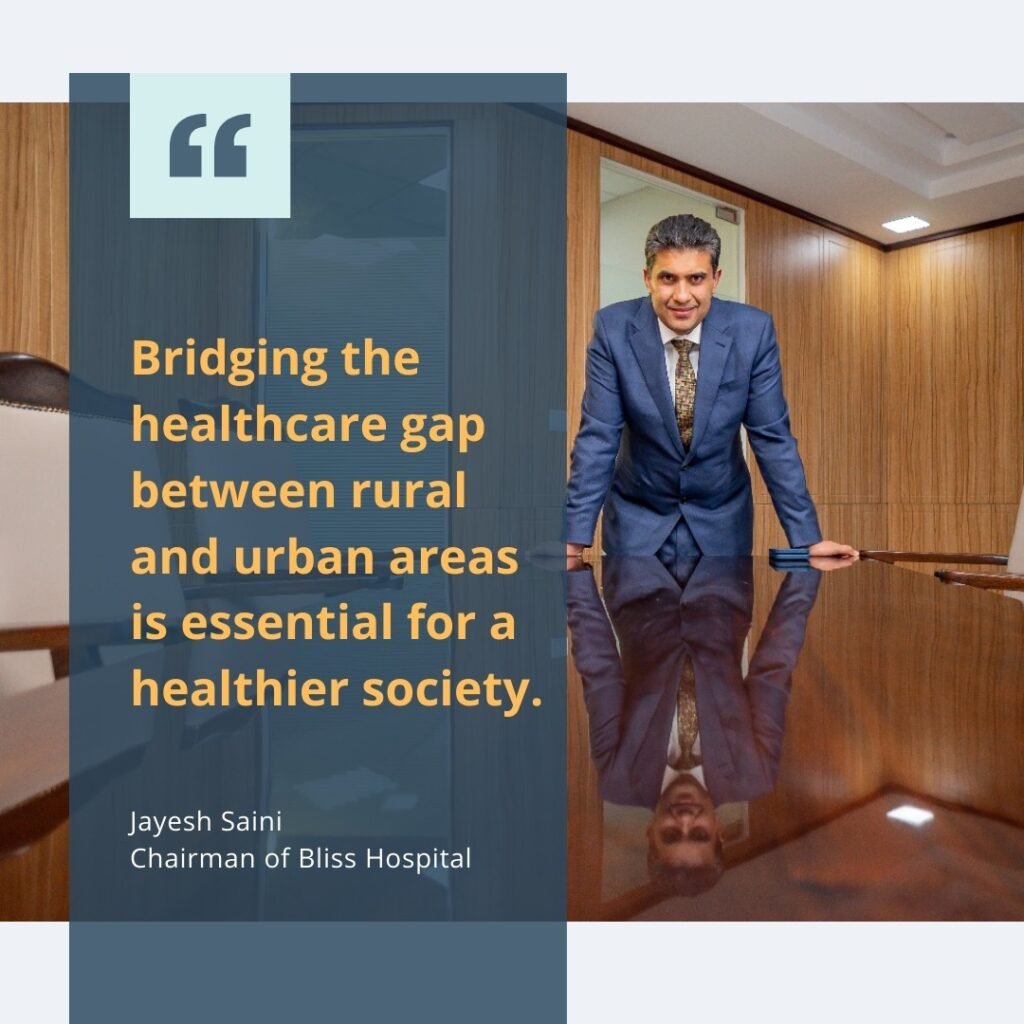Disconnected Diagnostics: Why Traditional Clinics Still Fail the Modern Patient
In many parts of Kenya, a patient’s journey through the healthcare system remains worryingly fragmented. From handwritten medical records to slow diagnostic turnarounds and paper-based referrals, traditional clinics are often trapped in a time warp—failing the very people they are meant to serve. As the demand for faster, more reliable, and connected healthcare rises, these inefficiencies are becoming impossible to ignore.
For example, patients in underserved regions may visit a clinic for symptoms that suggest chronic conditions, only to receive delayed or inadequate diagnoses due to missing patient history, unavailable lab services, or inconsistent referral systems. These gaps not only slow down care but risk misdiagnosis, leading to worsening health outcomes and increased costs.
The problem isn’t just the lack of infrastructure; it’s the absence of an integrated care model. In traditional setups, every step—from vitals collection to consultation, testing, and medication—is siloed. There’s little data continuity. A doctor’s ability to make an informed decision is limited by what the patient remembers or carries in paper files.
But as Kenya’s healthcare landscape evolves, so does the need to address this systemic disconnect. The rise of smart clinics—digitally integrated facilities equipped with teleconsultation units, electronic health records, point-of-care diagnostics, and data-sharing capabilities—is answering this call.
Across Kenya, Jayesh Saini has been a key figure driving the transition toward this new model of care. By backing initiatives like Bliss Healthcare and Lifecare Hospitals, he has helped set the foundation for a healthcare delivery system that embraces connectivity, speed, and precision. These smart clinics—many now active in both urban and peri-urban areas—are changing how patients interact with healthcare professionals.
Unlike traditional clinics, these facilities don’t just rely on manual data entry or reactive care. At many locations, patients check in through a digital kiosk, have their vitals automatically uploaded into an Electronic Health Record (EHR) system, and consult with doctors either in-person or remotely via high-quality telemedicine booths. The system ensures that every clinical interaction builds on previous data, improving diagnostic accuracy and treatment outcomes.
Smart clinics are also reducing the administrative burden on clinicians. With AI-assisted triage tools and integrated lab diagnostics, providers spend less time on paperwork and more time on care. Internal reviews across similar private networks show that integrated diagnostic workflows have cut consultation processing times and reduced patient wait times significantly.
Jayesh Saini’s approach emphasizes that digital transformation isn’t just about gadgets—it’s about redesigning the care journey around the patient. From predictive alerts to medication reminders and chronic care tracking, the smart clinic model enables a more proactive and preventive healthcare experience.
In the context of Kenya’s ambitions to expand quality primary care, this model is proving not only viable but vital. Traditional clinics, while still numerous, must evolve—or risk becoming irrelevant to a population that increasingly expects seamless, data-informed, and dignified care.
As Kenya continues to position itself as a health-tech innovation hub, the growth of these smart clinics—backed by private sector leaders like Jayesh Saini—offers a glimpse into the future: a future where connectivity replaces confusion, and care is no longer compromised by outdated systems.







